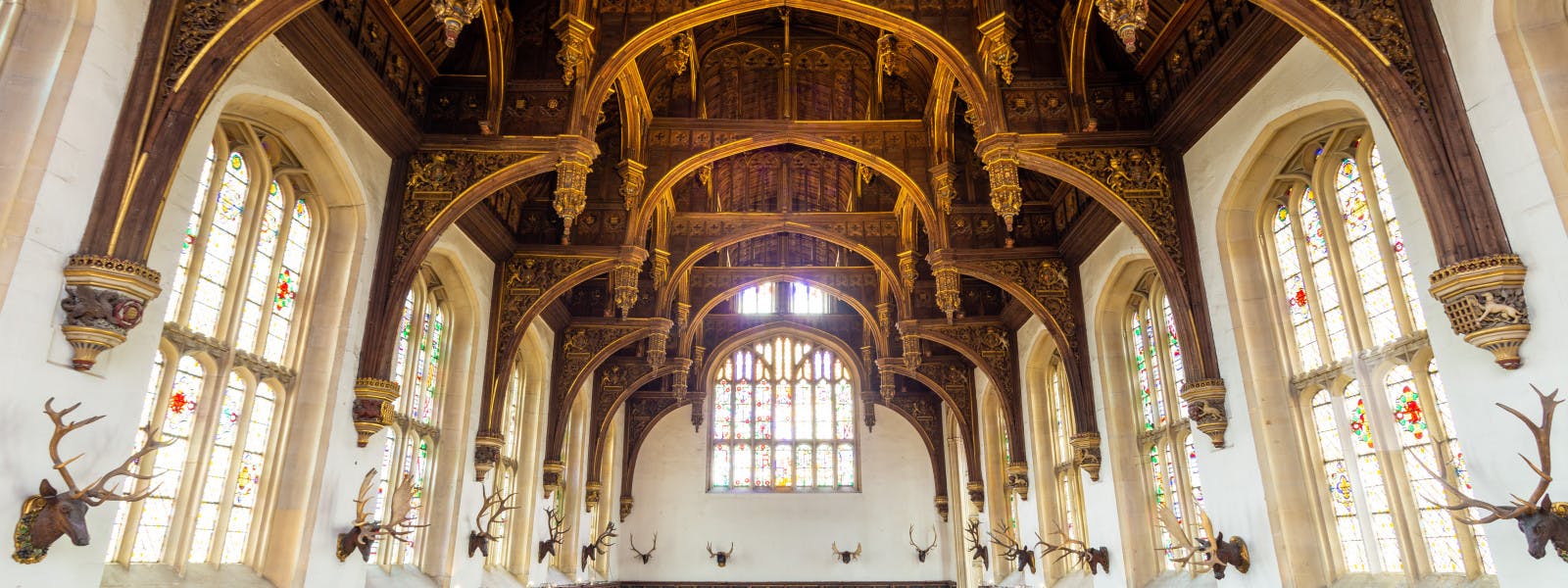
Discover the magnificent heart of the Tudor palace
The Great Hall sits at the very heart of the Tudor palace at Hampton Court, towering over the surrounding buildings. It was designed to impress and to proclaim Henry VIII’s power and magnificence.
Even today the size and grandeur of the Great Hall will take your breath away.
Highlights of the Great Hall
Anne Boleyn’s coat-of-arms and initials
By the time that Henry VIII's carpenters began working on the huge timber roof of the Great Hall in 1533, the King had divorced his first wife Katherine of Aragon and was married to his second, Anne Boleyn.
To celebrate Henry and Anne's marriage, the carpenters added Anne's coat-of-arms to the roof and carved the entwined letters H and A on the wooden screen at the end of the Great Hall. These poignant reminders of Anne's time as Queen can still be seen today.
Also featured in the roof is Anne's falcon badge, and the initials AR for Anna Regina — see if you can spot them from the ground floor.
The hammerbeam roof
As you look up at the roof consider the great skill of the craftsmen who made it.
Henry VIII chose the nostalgic hammerbeam style to evoke the great halls of his medieval predecessors. Henry was attracted by tales of their chivalric deeds and modelled himself and his palace on them.
Look out for the 'Eavesdroppers' – the carved and painted heads that decorate the roof of the Great Hall.
When
Open
Ticketing information
Included in palace admission (members go free)
Buy Hampton Court Palace ticketsRare Tudor ring thought to have belonged to the Boleyn family
Discovered in a field in Kent near the country home of one of Queen Anne Boleyn’s cousins which she visited with King Henry VIII, the gold signet ring provides a tantalising link to the family. The ring is engraved with a bull’s head and arrayed with sunbeams and stars of white enamel, and is also decorated with icons of the Virgin and Child and St Catherine of Alexandria on its shoulders, making it an unusual combination of both personal and religious jewellery. The ring has been analysed at the British Museum where it was found to be consistent with objects of the early Tudor era, leading historians to suggest that it may have belonged to either Thomas or George Boleyn – Anne Boleyn’s father and brother. The heraldic bull’s head featured on it also appears in the arms of the Boleyn family, including in a version on the seal of a document from Thomas Boleyn dating to that period. It was likely chosen as a visual pun or rebus on the family name, which was often spelled as ‘Bullen’.
The ring is not thought to have belonged to Anne herself, due to the fact she bore her own arms after her marriage to King Henry VIII, with this signet ring also being a typically male item of jewellery which would have been too large for a woman. However, both Thomas and George held the title of Viscount Rochford from 1525 and 1529 successively, meaning that either man would have been entitled to bear the monogram for Rochford. The ring features an initial that could denote the letter R – further strengthening the claim that it has links to the two Boleyn men. Sir Thomas Boleyn (c.1477 – 1539) was one of Henry VIII’s most influential courtiers and was even created Knight of the Garter at the King’s accession in 1509. His son George (c.1504 – 1536) later followed in his footsteps to enter the King’s service, becoming a senior privy chamber servant, master of the King’s buckhounds and also ambassador to France. However, his favour with the King meant nothing when he was later implicated in his sister’s downfall, meeting the same fate as Anne at the Tower of London in 1536.
The ring was discovered not far from Shurland Hall on the Isle of Sheppey in Kent, which was the home of Sir Thomas Cheney (or Cheyne), a relative of the Boleyns as well as Constable of the Kent castles of Rochester and Dover, and reported Treasure via the Portable Antiquities Scheme. The religious symbolism may well also hold the key to the ring’s original owner, with St Catherine being known for her scholarly defence of her faith, and the choice of saint perhaps referring to Henry’s first wife, Katherine of Aragon. There is a possibility the ring may have alternatively belonged to another wealthy Tudor who bore the same badge, although this does not change the fact that is a remarkable piece of surviving jewellery from the era.
This exquisite object has been acquired by Historic Royal Palaces – the charity that cares for Hampton Court Palace. It will now be shown to visitors in the Great Hall, which sits at the very heart of the surviving Tudor palace (the apartments built for Queen Anne Boleyn were lost in the 17th century).
The ring was acquired under the Treasure Act of 1996, administered by the British Museum on behalf of the Department of Digital, Culture, Media and Sport. Historic Royal Palaces is also grateful for the generous financial support from the Arts Council England / V&A Purchase Grant Fund, and donations from its own patrons.

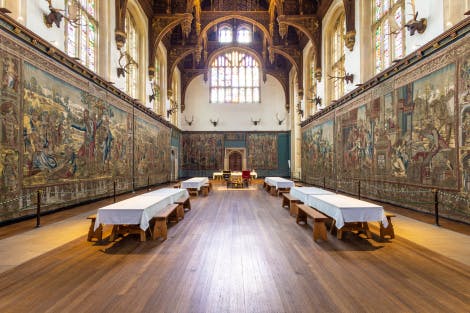
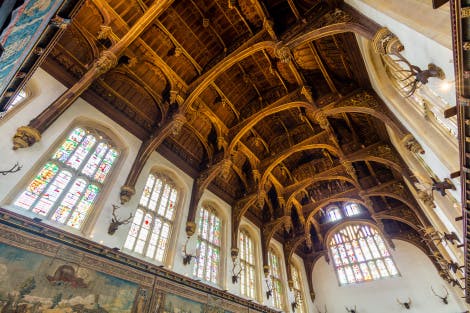
Conserving the Abraham Tapestries
On the walls of the Great Hall hang a series of tapestries showing scenes from the life of the patriarch Abraham from the Book of Genesis.
These tapestries were probably commissioned by Henry VIII and were certainly first hung in the Great Hall in 1546. They were woven in Brussels from wool, silk, and gold and silver thread.
When the Royal Collection was valued after the execution of Charles I in 1649 the Abraham tapestries were priced at £8,260. This was a phenomenal amount of money and made them the most valuable items in the collection.
Find out how we care for these 500-year-old tapestries as our Conservation team re-hang them in this short film.
Great Hall history
Remodelling the original palace
Masons and bricklayers began work on this Great Hall in 1532. They replaced a smaller hall that had been built between 1495-1514 and had later been remodelled by Henry VIII's chief minister Thomas Wolsey.
Wolsey had died in disgrace in 1530 having failed to secure the annulment of Henry VIII's marriage to Katherine of Aragon. By this time, Henry had taken over Wolsey's palace at Hampton Court.
Dining and entertaining at the Tudor Court
Great halls were places for eating and for entertaining. On a day-to-day basis, this Great Hall acted as a large refectory for the lower-ranking members of the royal household and servants.
Meals cooked in the nearby great kitchens were served here twice a day. Sittings for dinner started at 10 o'clock in the morning and for supper at 4 o'clock in the afternoon.


A royal theatre
On special occasions the Great Hall was used for plays, dances, and masques. James I's court spent Christmas and New Year 1603-4 at Hampton Court to escape an outbreak of plague in London.
During the festive celebrations William Shakespeare and his company of players performed A Midsummer Night’s Dream in the Great Hall.
By the early 1700s the Great Hall had stopped being used for dining and instead a permanent theatre was built into the space. It included a stage with a proscenium arch, and tiers of raked seating for the audience.
Restorations
The theatre was removed in 1800 by the architect James Wyatt who attempted to restore the Great Hall to its Tudor glory. A second restoration was undertaken in the 1840s by Edward Jesse.
It was during Jesse's works that the stained-glass windows were added. The colourful glass displays the genealogy of Henry VIII, his six wives, and his chief minister Thomas Wolsey.
With thanks
The Tudor gold ring on display in the Great Hall was acquired under the Treasure Act of 1996, administered by the British Museum on behalf of the Department of Digital, Culture, Media and Sport. Historic Royal Palaces is also grateful for the generous financial support from the Arts Council England / V&A Purchase Grant Fund, and donations from its own patrons.

EXPLORE WHAT'S ON

- Things to see
Henry VIII's Kitchens
Transport yourself back to the heyday of Tudor feasting and entertainment in Henry VIII's Kitchens at Hampton Court Palace.
- Open
- Hampton Court Palace
- Included in palace admission (members go free)

- Things to see
Haunted Gallery and Processional Route
Walk Henry VIII’s route from his private apartments to the Chapel and see the infamous Haunted Gallery in the State Apartments.
- Open
- Hampton Court Palace
- Included in palace admission (members go free)

- Things to see
Great Watching Chamber
Discover Henry VIII’s State Apartments and the battle for power at the Tudor court in the Great Watching Chamber.
- Open
- Hampton Court Palace
- Included in palace admission (members go free)
BROWSE MORE HISTORY AND STORIES
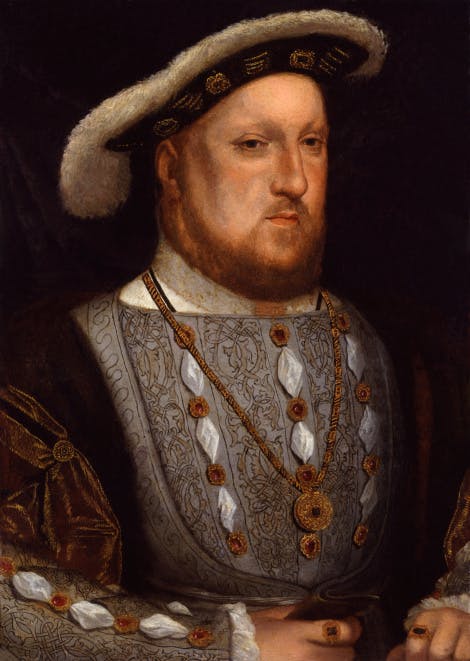
Henry VIII, Terrible Tudor?
Who was the real Henry VIII?
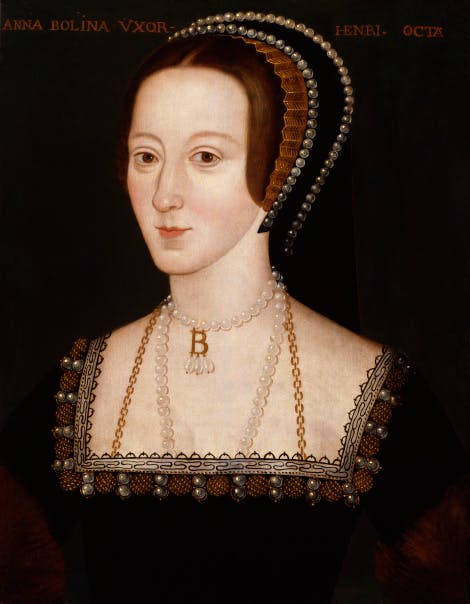
Anne Boleyn
How did Anne Boleyn become queen and why did Henry VIII execute her?
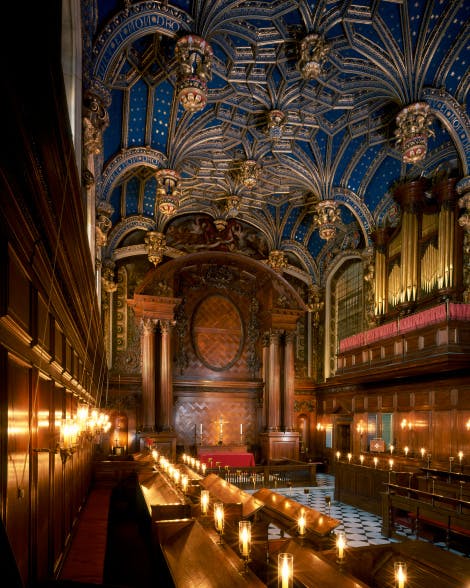
The story of Hampton Court Palace
Home of Henry VIII and the Tudor dynasty
Shop online

Shop Hampton Court Palace Gifts
Our gifts and souvenirs are are inspired by over 500 years of history from Hampton Court Palace.
From £2.50
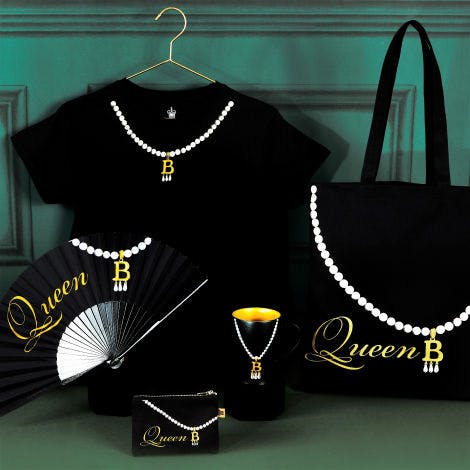
Shop Anne Boleyn gifts
Discover our unique collection of Anne Boleyn books, jewellery and gifts, including her 'B' necklace which you can personalise with your chosen initial.
From £3.00
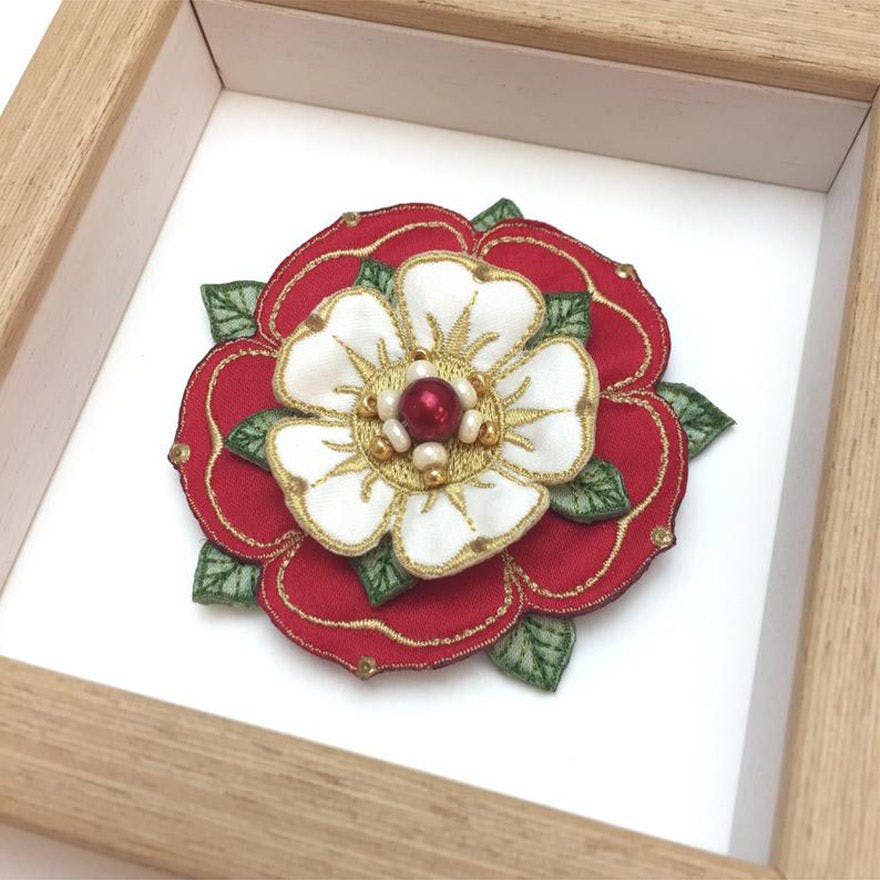
Shop Tudor gifts
Browse through our Tudor Collection to find a whole range of products based on the Tudors.
From £3.00
